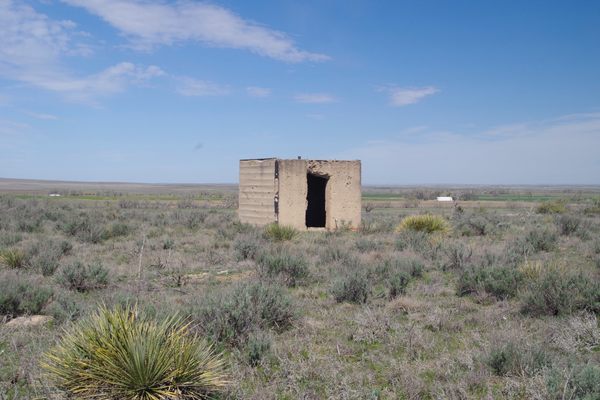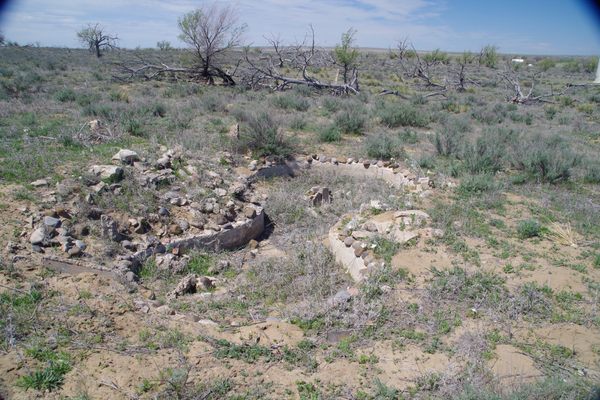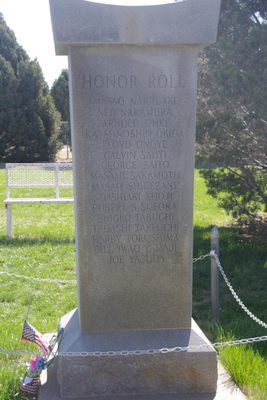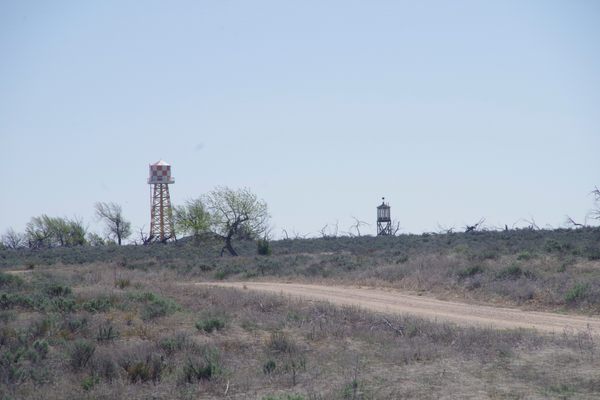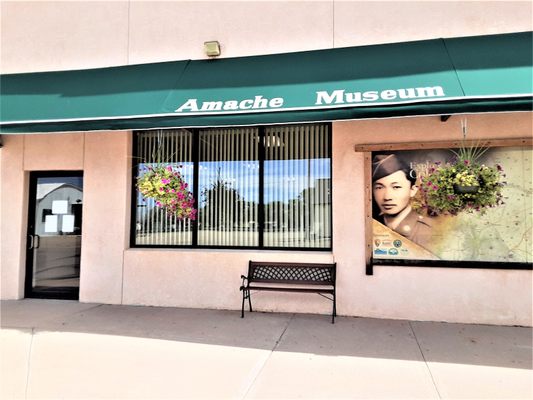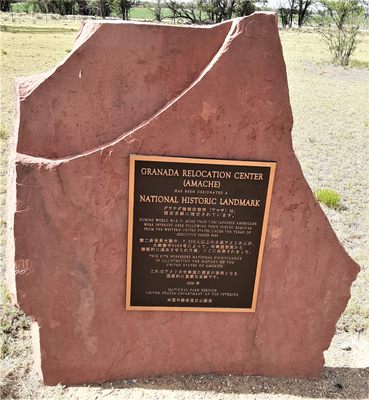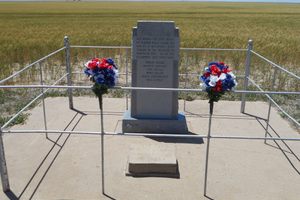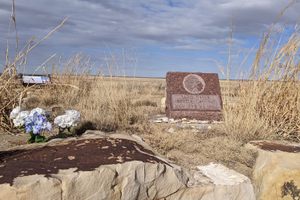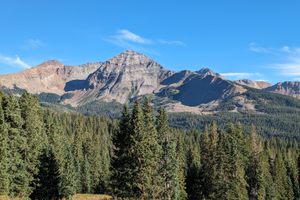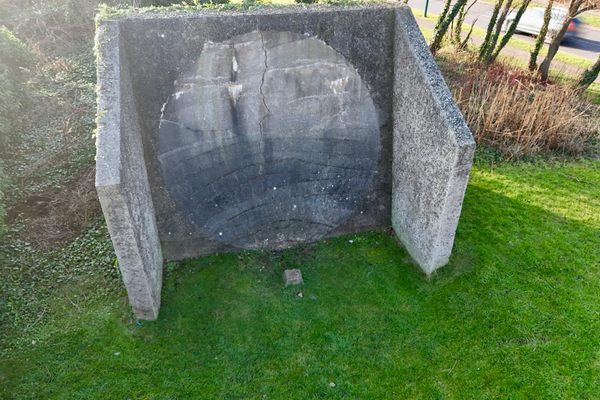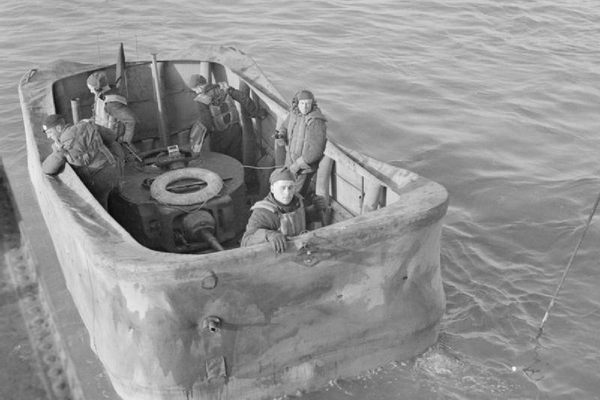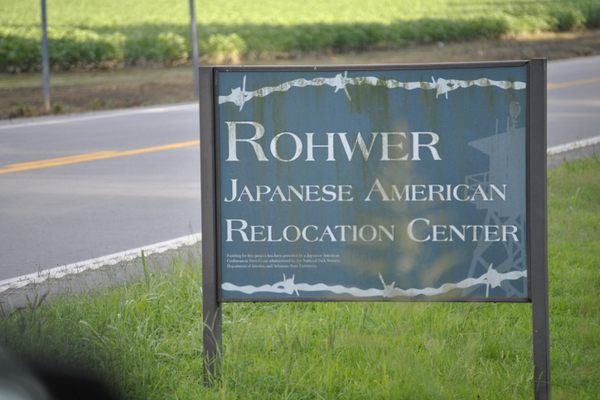About
The Granada War Relocation Center was one of 10 internment camps built in 1942 to detain American citizens of Japanese ancestry during World War II. It was the only one constructed on private land.
The bombing of Pearl Harbor on December 7, 1941, by Imperial Japanese forces triggered a nightmare for Japanese Americans. Less than 24 hours after the attack, the FBI and U.S. Army apprehended Japanese nationals, mainly community leaders, Japanese language teachers, martial arts instructors, and faith leaders. From 1942 to 1945, the U.S. government would force some 120,000 Japanese Americans to leave their homes. Many were incarcerated or placed into concentration camps.
The detainment center was unofficially renamed Camp Amache to avoid confusion with the town of Granada’s mail system. It held more than 7,000 people—many from the Los Angeles, who were forced to cram their possessions into one bag before being carted off—behind its barbed wire and guard towers until 1946.
The camp was built upon 10,000 acres of farmland the United States government condemned. Only 640 of those acres was used for housing, and the rest was designated for crops, as the camp was meant to be self-sustaining. The crops they raised were of such good quality and variety that the locals often shopped at the Amache market. More than four million pounds of produce were cultivated and given to the U.S. Government as part of the “war effort.”
Children were educated, games were played, and personal gardening was done. The people held in the forced relocation center worked out gray water systems to use shower and wash water to water ornamental gardens and koi ponds. At least three koi ponds still exist on the property.
The internees also bought Chinese elm trees from catalogs for pennies per each and planted them around the barracks. Many of these trees still exist on the grounds.
A cemetery still exists on the grounds of the camp, and has been cared for by Denver’s Japanese American community since the end of the war. Many of the bodies were moved from the cemetery but some still remain, including that of Private First Class Kiyoshi K. Muranaga. Muranaga was posthumously awarded the Congressional Medal of Honor after being killed in action as part of the 442 Regimental Combat Team in Italy in June of 1944. A memorial to all of the men from Camp Amache who died in the 422 stands in the cemetery.
In the 1990s, Granada High School students established the Amache Preservation Society as a school project to persevere what remains of the camp, largely building foundations, documents, and photographs. Through their efforts, the iconic water tower was found and reconstructed onsite, a guard tower was rebuilt, a recreation of one of the barrack blocks was created, and a remnant of one of the original barracks was found and moved back to its original location. A museum has also been developed in the town of Granada.
A memorial to the men killed in World War II stands outside of the Prowers County Courthouse listing the names of 40 men from Prowers County. Of that 40, 13 came from Camp Amache. Many Japanese Americans fought for the U.S. during World War II even though their loved ones lived behind the barbed wire that wrapped around this windswept hill.
Related Tags
Know Before You Go
Drive east of Lamar, Colorado, on US 50 toward the town of Granada. Camp Amache is located about two miles west of town. Signs point toward its location off US 50.
Community Contributors
Added By
Edited By
Published
July 8, 2019
Sources
- https://en.wikipedia.org/wiki/Granada_War_Relocation_Center
- https://www.history.com/topics/world-war-ii/japanese-american-relocation
- https://www.denverpost.com/2018/05/18/granada-war-relocation-center-amache-wwii-internment-camp-historic-site/
- https://www.archives.gov/education/lessons/japanese-relocation
